Heavy rain is expected to fall in some parts of the Alps this weekend, ranging from 80 to 150 mm, and a number of regions warn of these rainfalls and the inconvenience they may cause. Precipitation does not fall only in the form of rain. Thanks to the snowfall line, some mountains will turn white again. The question is how long the snow will stay on its way because (very) soft air is on its way again. In this article you can read about which areas you can expect a lot of rain and other details such as snowfall.
A cold front brings changes in the weather
The weather was dry and sunny in many places in the Alps on Thursday. In some areas, such as those around Switzerland’s Graubünden and Ticino, rain fell for the first time on Thursday afternoon. These areas will not remain the only areas witnessing rain, but they will be among the areas where the largest amount of rain is expected to fall in the coming days. A cold front will move from the west through the Alpine region starting Thursday evening. As a result, the first rains will fall in the western half on Thursday evening.
The cold front will move eastward overnight until Friday. During the passage of the cold front, the snowfall limit decreases from 3000 meters to about 2500 metres. Behind the cold front, snowfall limits are slightly lower: 2,200 to 2,400 metres. When the cold front passes on Friday, precipitation on the north side of the Alps will decrease temporarily. New rain showers will move into the Alpine region from the northwest during the afternoon. Thanks to the reduced snowfall limit, the high mountains will turn white again, especially in the western half and central part of the Alps. Above 2000 meters it will turn evenly white regionally. The greatest amount of snow is expected above 2,500 metres: 15 to 30 centimetres.
Heavy rain falls in the south
In addition to the cold front and scattered showers, a low pressure area will also develop south of the Alps on Friday. This will prevent long-term intense rainfall south of the main Alpine mountain range. In southwestern Switzerland (around Graubünden and Ticino), and around the Great Lakes in Italy, Slovenia and Croatia, rain of between 80 and 150 mm is expected until Saturday. Locally, more rainfall may occur.
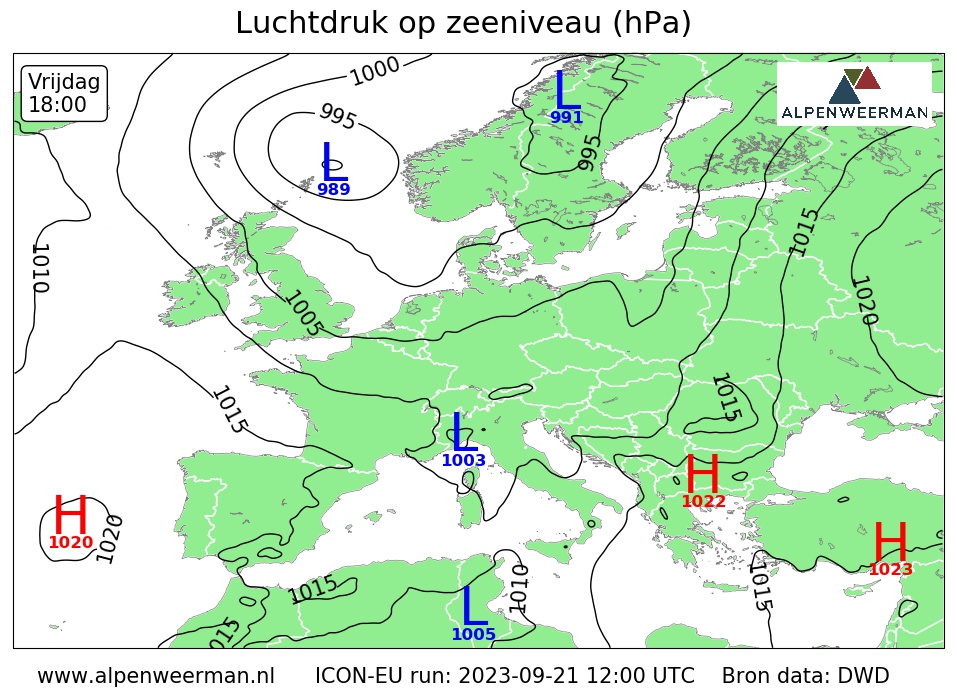
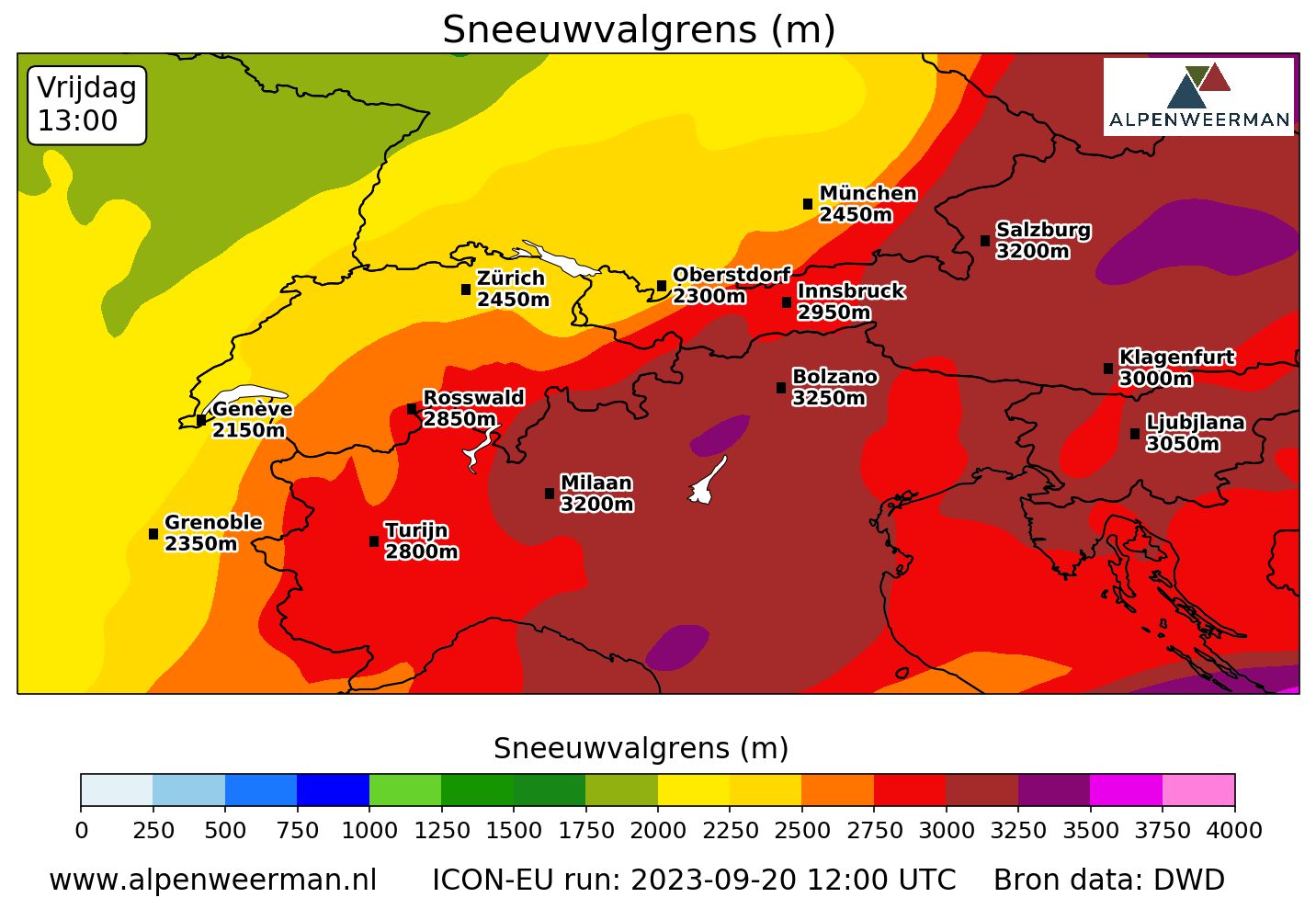
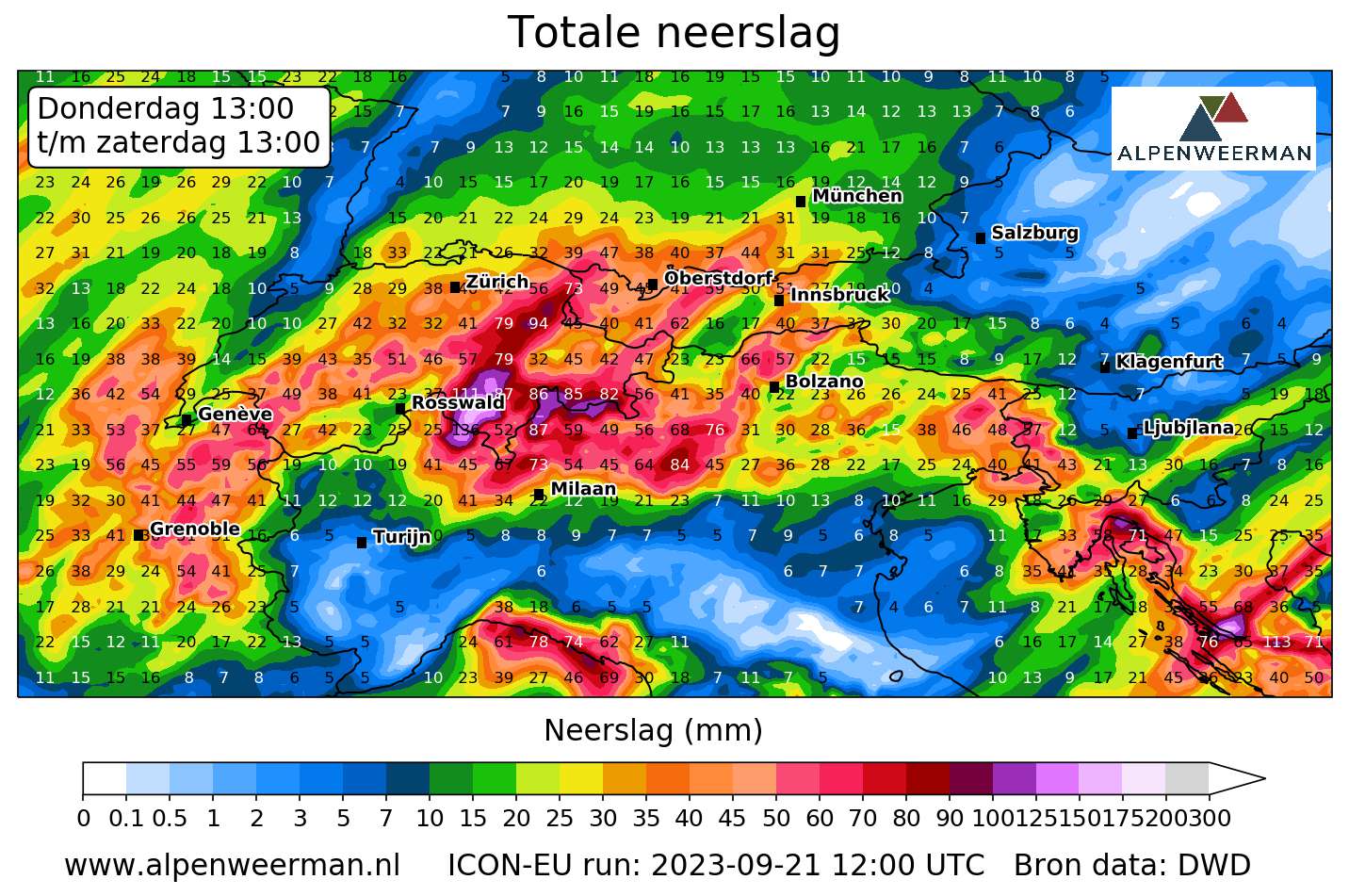
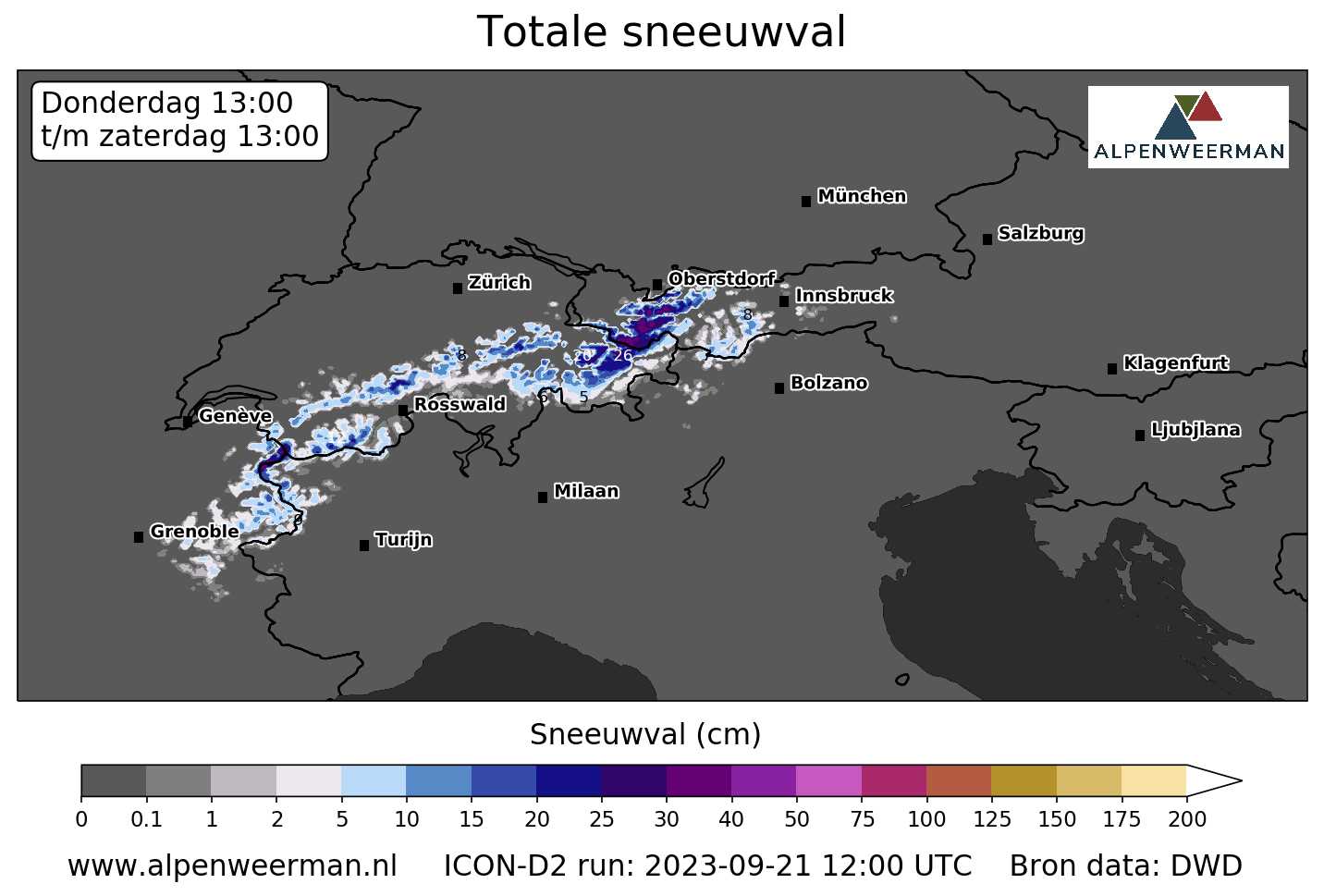
The meteorological services warn of these amounts of rain in a relatively short time. A level 3 and 4 warning for rainfall (on a scale of 5) has been issued for southwestern Switzerland from Thursday to Friday. For example, small streams and rivers can cause (temporary) disturbance. Significant amounts of precipitation are also expected elsewhere in the Alps, but much less than in the areas mentioned first: only a few tens of millimetres. For the least rainfall, you should be in Austria East Tyrol this weekend. Only a few millimeters of rain are expected here. The rainfall map above also shows different areas that can expect relatively little rain in the coming days due to the sheltered location.
Peace returns with a very soft air
Scattered rain is expected in the Alps on Saturday. However, the influence of the high pressure area is increasing. As a result, most of the showers will disappear during Saturday and the cloud cover will gradually open. On Sunday, there will be more room for sunshine, although there will still be locally cloudy areas. In addition, there is not only room for the sun, but with the southerly current, noticeably soft air reaches the Alps. The zero limit will again reach 2,800 to 3,200 meters on Sunday. On Monday it will be around 4000 metres. Snow in the high mountains will not last long. Thanks to this soft air, the temperature ranges between 16 to 25 degrees in the valleys.
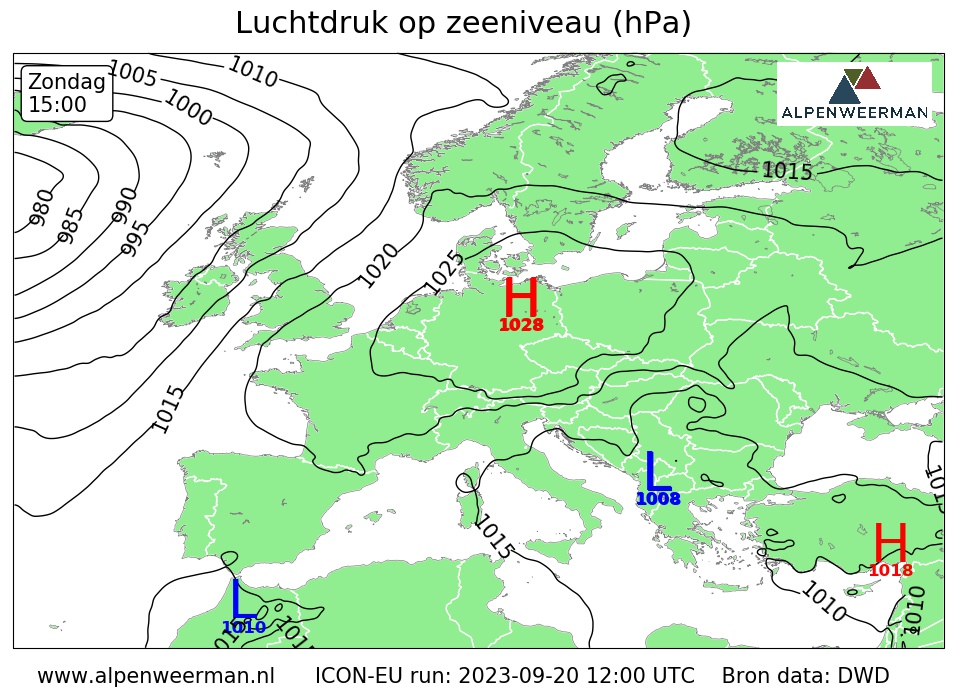
Cover photo: Snow-covered Bez Šavalac on August 29 (Via foto-webcam.eu)
(Visited 188 times, 18 visits today)
Martin graduated with a major in Meteorology and Air Quality from Wageningen University. He also studied for a master’s degree at the University of Innsbruck for six months.

“Total coffee specialist. Hardcore reader. Incurable music scholar. Web guru. Freelance troublemaker. Problem solver. Travel trailblazer.”






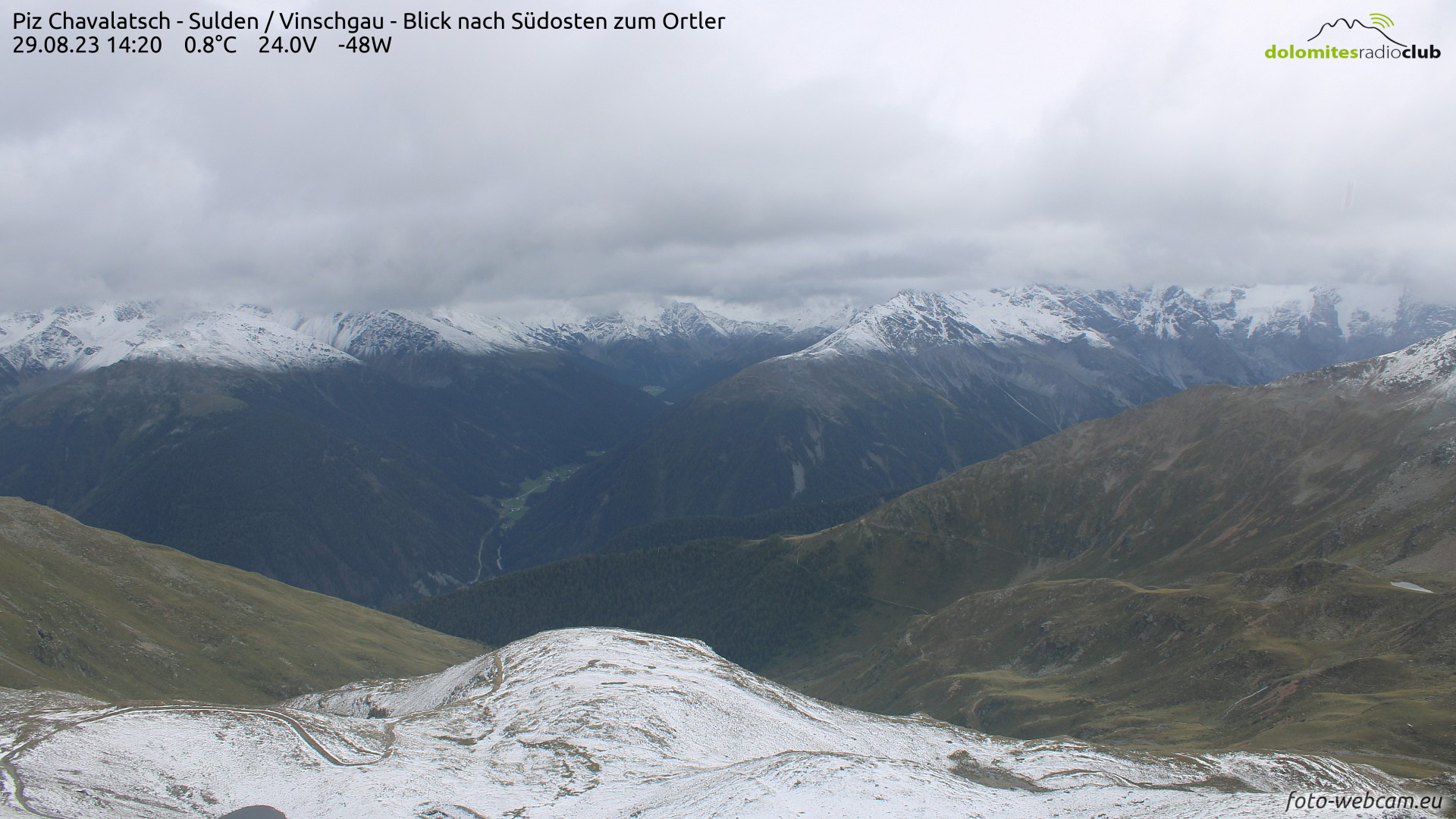


More Stories
Brabanders are concerned about climate change.
The “term-linked contract” saves space on the electricity grid.
The oystercatcher, the “unlucky national bird,” is increasingly breeding on rooftops.